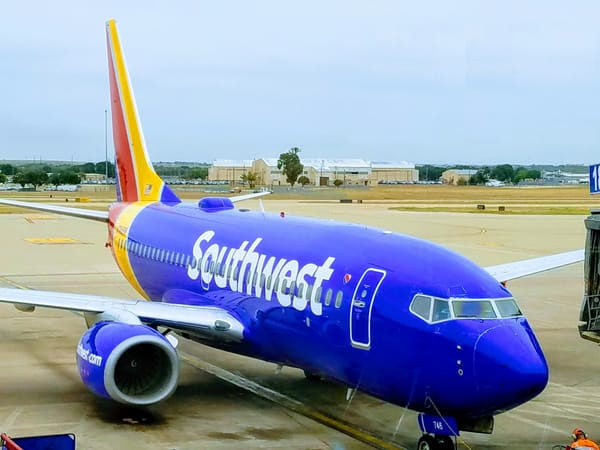24 Hours at Wadi Rum, Jordan: Bedouin Hospitality in an Inhospitable Land
Explore the stunning contradictions of Wadi Rum, Jordan, from breathtaking landscapes to rich Bedouin culture and unforgettable experiences.
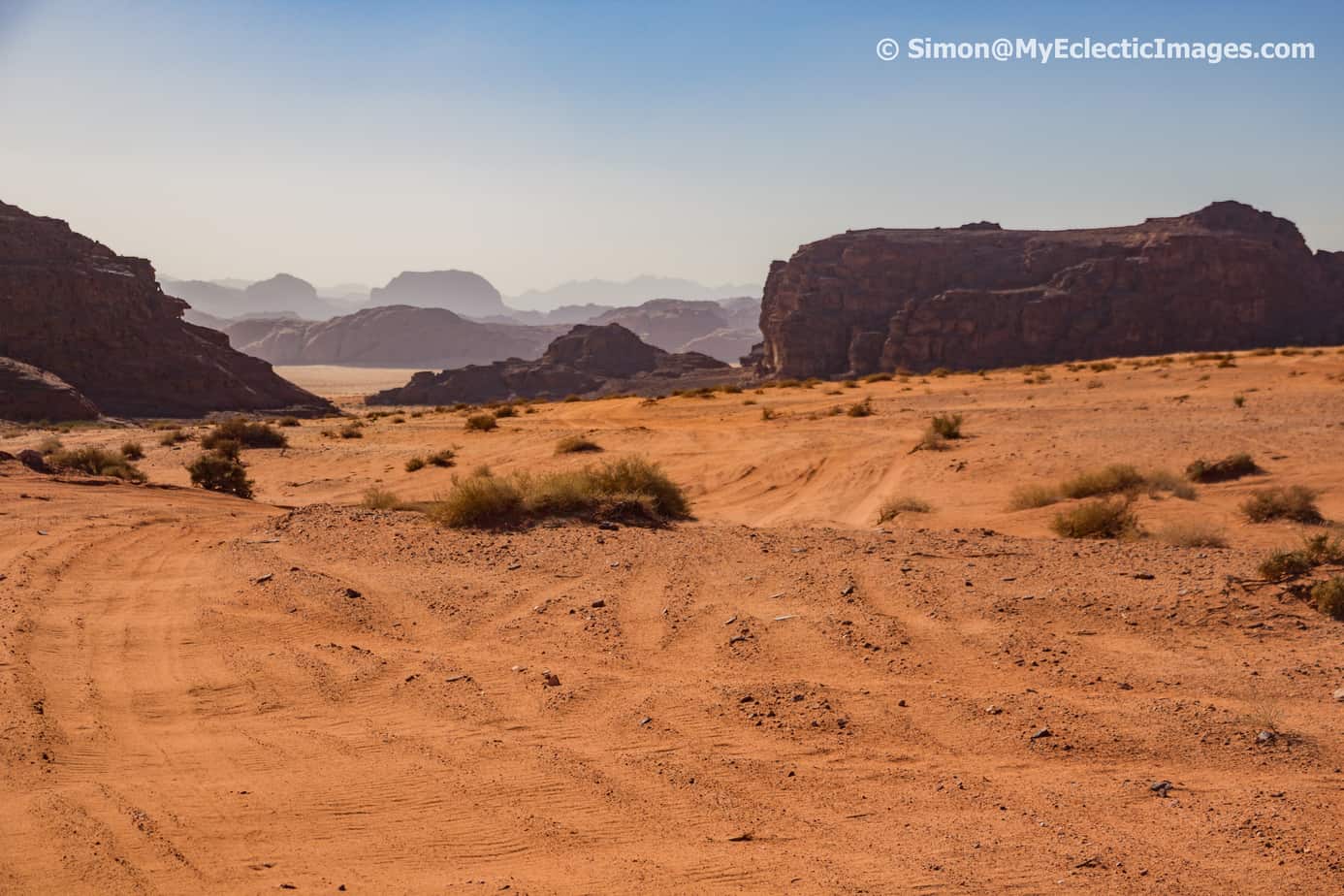
Wadi Rum, known as Valley of the Moon, is a series of contradictions: hot and cold, fierce and fragile, breathtakingly beautiful and potentially hazardous. Located in Jordan’s southern region, Wadi Rum is 447 square miles of desolate desert- with sandstone and granite mountains rising majestically as high as 5,500 feet into the sky. My husband and I came to see these and other wonders, but in the 24 hours we spent at Wadi Rum, we also found something unexpected and priceless.
Morning in Wadi Rum
When we arrived in Rum Village, Saleh Mosa, owner of Wadi Rum Tours, escorted us to his office, a one-room building with interior walls and ceiling draped with cloth to create the effect of a Bedouin tent.
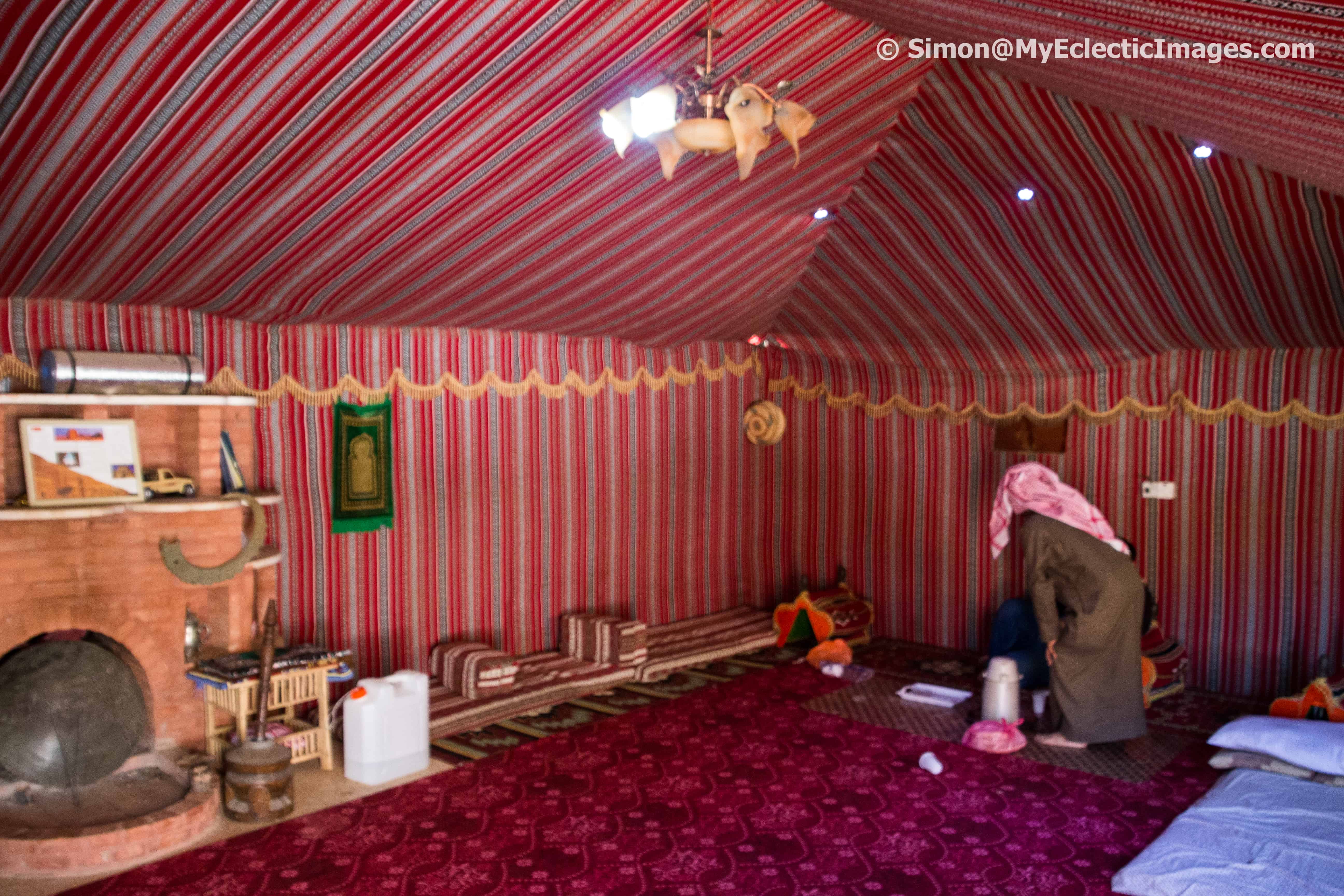
He served tea, and we discussed our itinerary. Then, leaving our rental car behind and taking our luggage, we climbed into the bed of Saleh’s pickup truck. In a moment, we were off.
There are a number of ways to travel the desert road, but for us, bumping along in the back of the pickup was perfect. The seats were comfortable, the early March air pleasant and my husband had a 360 degree view, allowing him to photograph at will. And there was plenty to photograph: unusual rock formations, distant mountains and an other-worldly landscape. It’s no wonder Hollywood chooses this location to shoot unearthly films such as the 2015 science fiction hit, Martian.
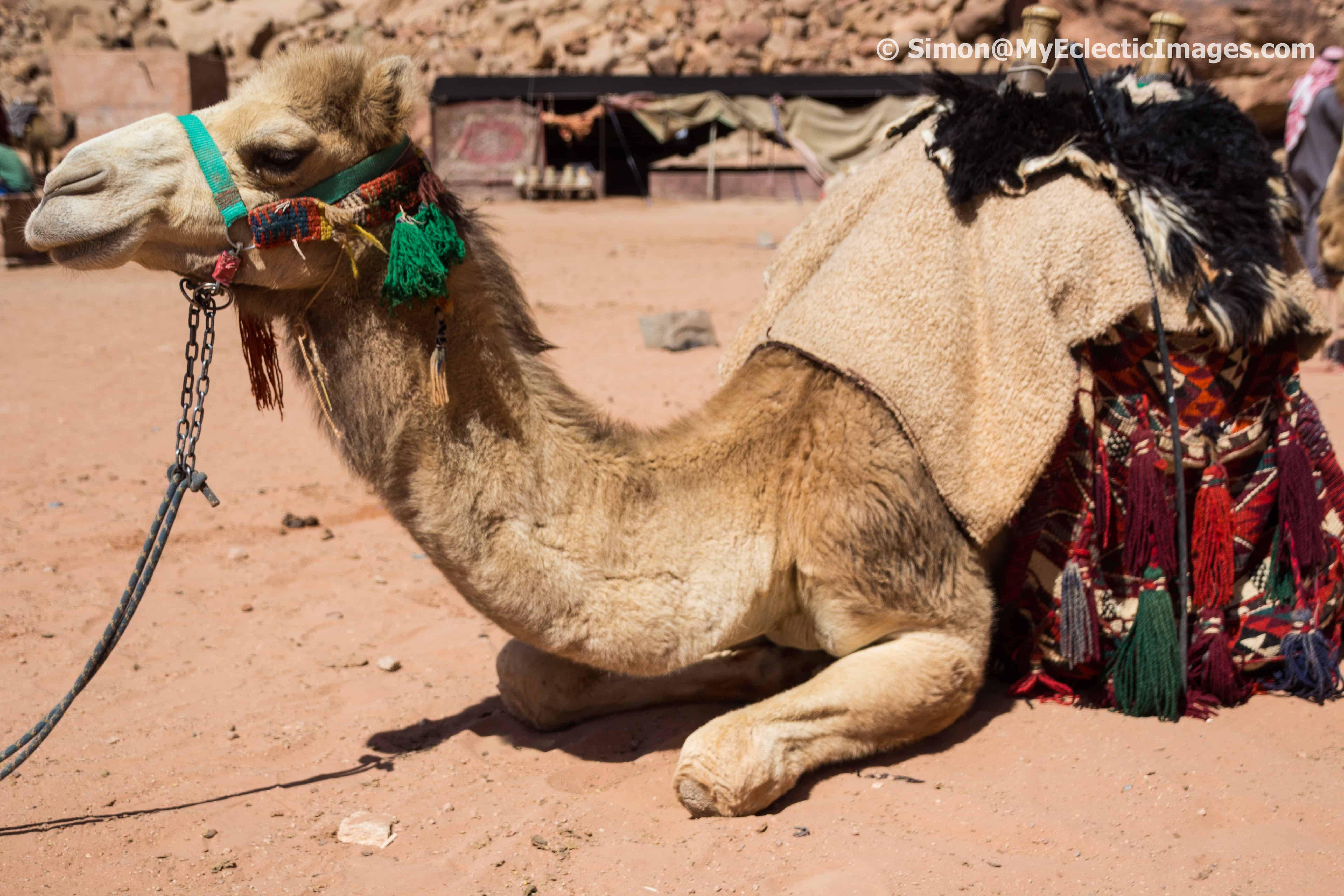
Perhaps the most enduring film shot at Wadi Rum was the 1962 classic, Lawrence of Arabia. So it came as no surprise when our first stop was Lawrence-related. Legend has it Lawrence’s spring was the location where the man himself washed during the Arab Revolt.
Khazali canyon, a narrow fissure in a mountainside, required a bit of a scramble over rocks to reach the entrance, but it was absolutely worth it. On one wall, 7th century Arabic inscriptions praised Allah.
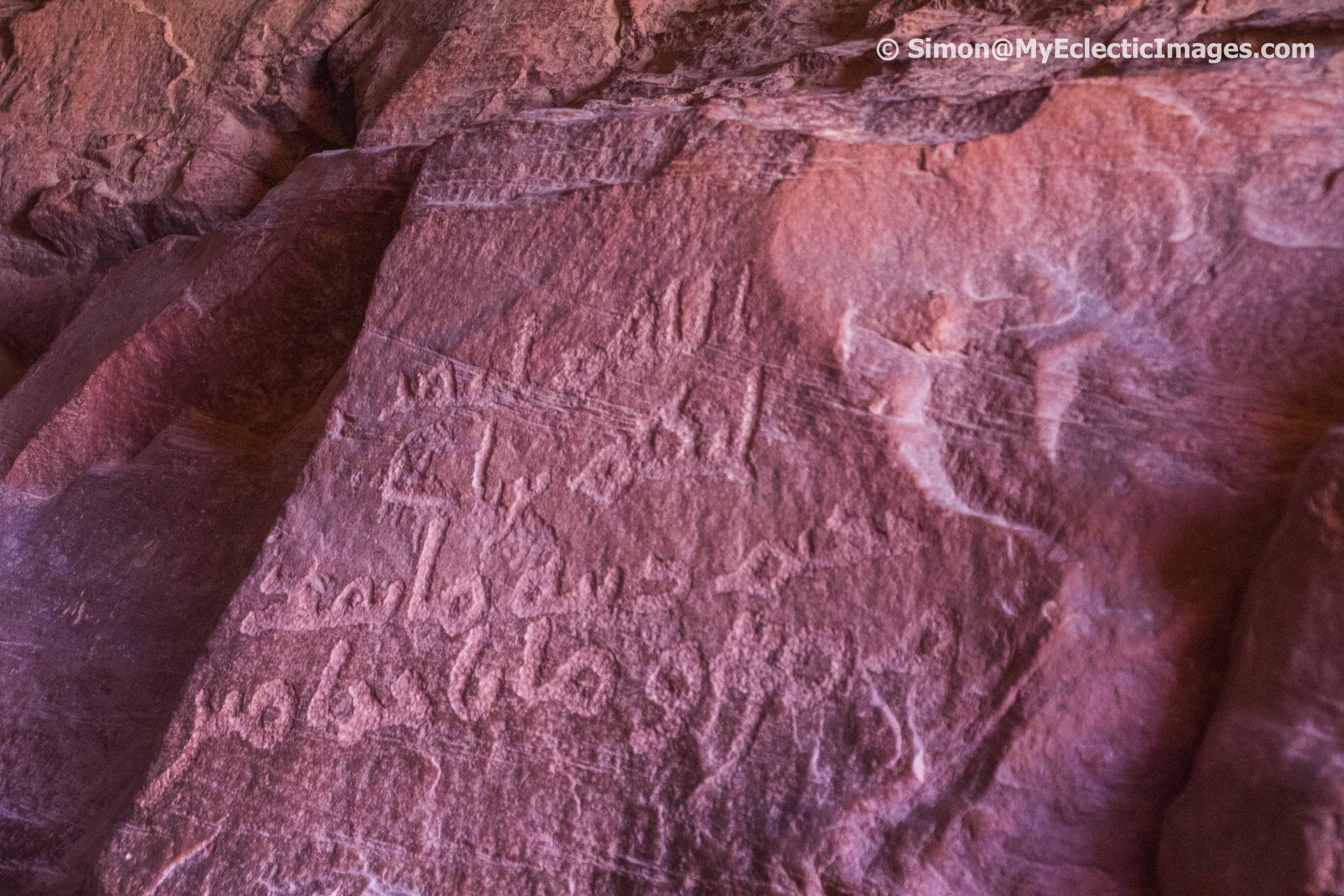
On the other, Nabatean drawings from as far back as 2,500 BC depicted mountain goats and other desert animals, as well as human figures.
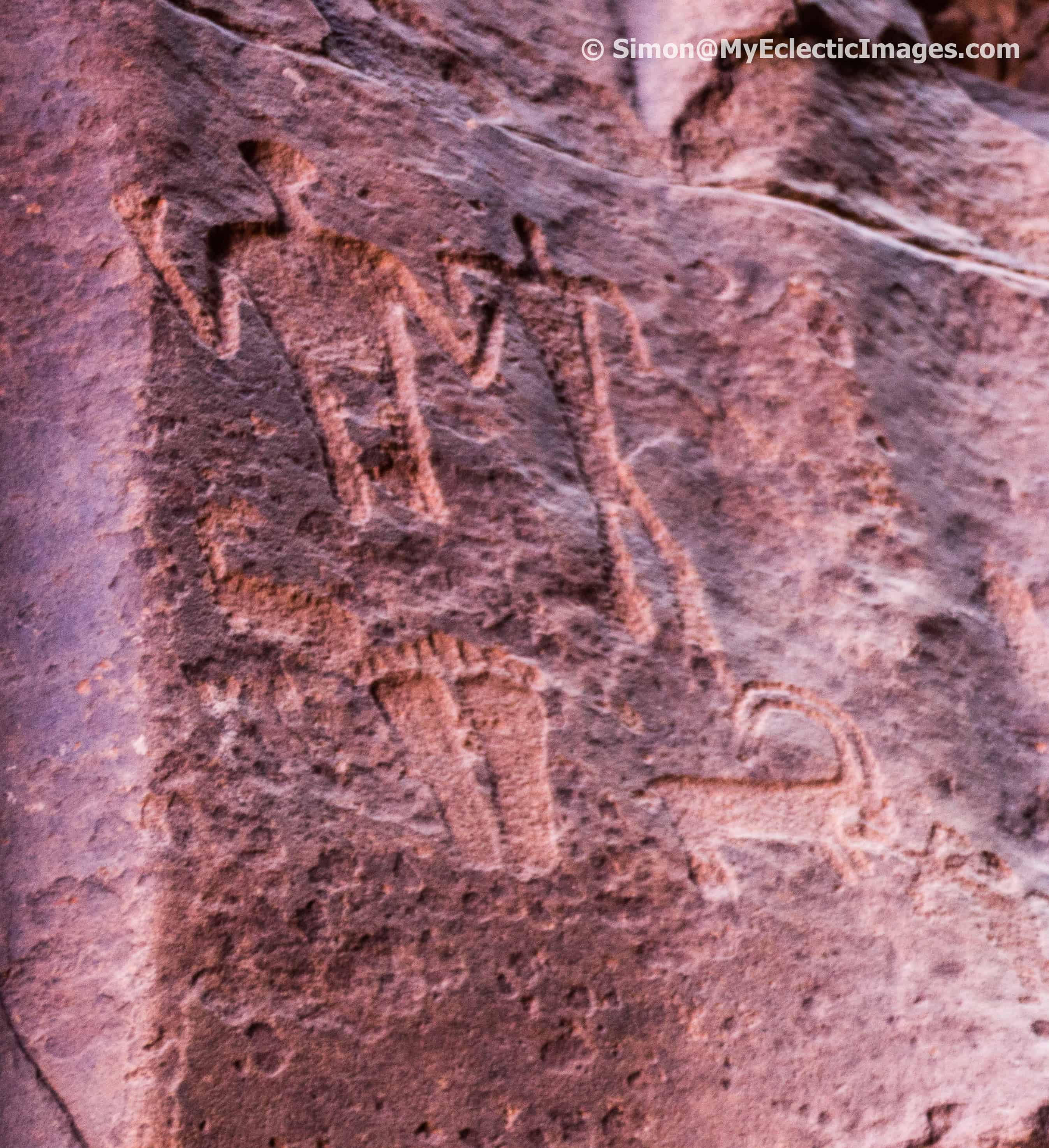
Then it was on to a rock formation that appeared as a small bridge. My husband, who’ll do almost anything for a good photo, climbed up to get his shots.
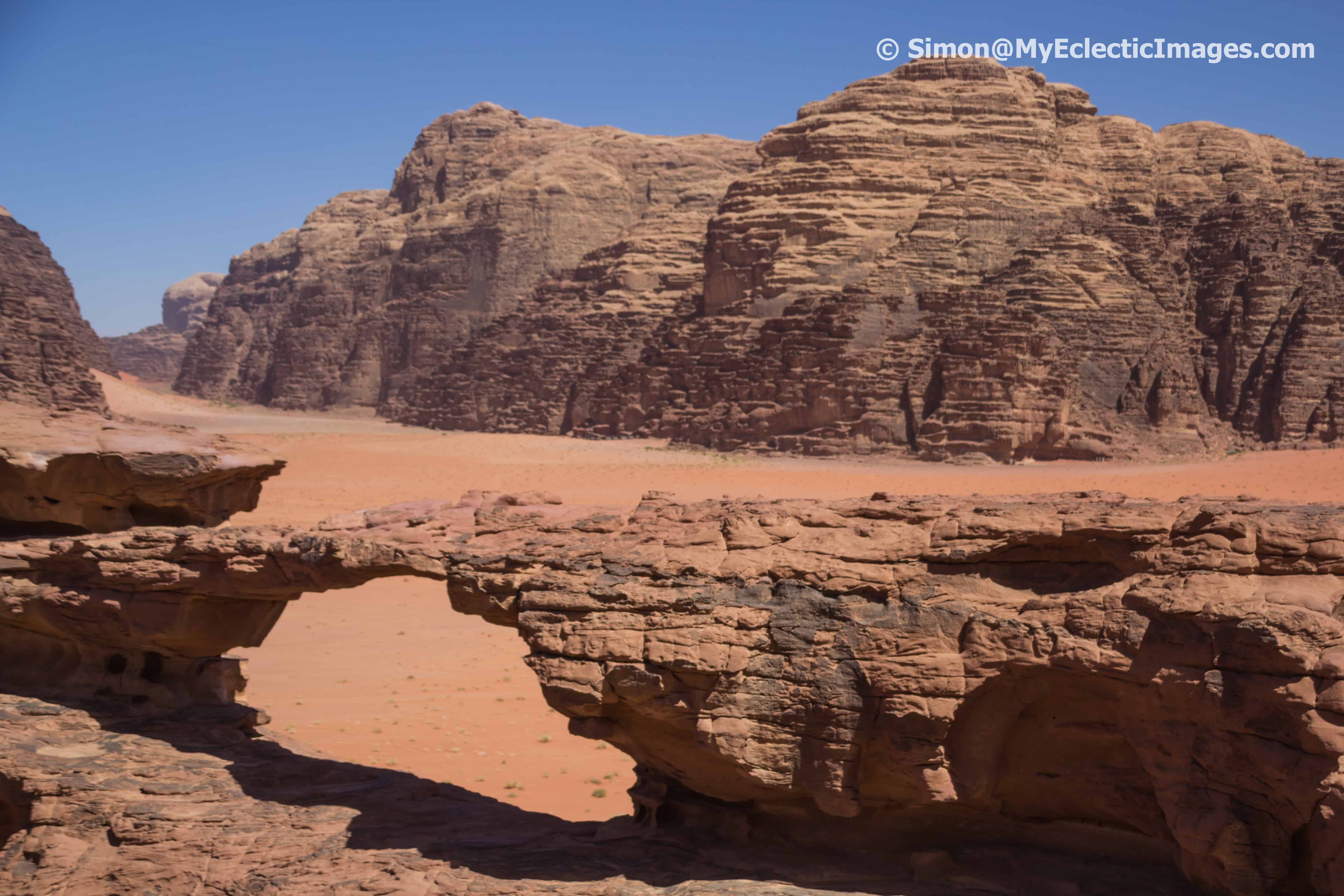
Afternoon Arrival
Arriving at the camp site where we would spend the night, we were ravenous. Saleh’s wife, Alia, had prepared a substantial and delicious lunch of traditional dishes, including humus, several vegetable salads, potatoes and pita.
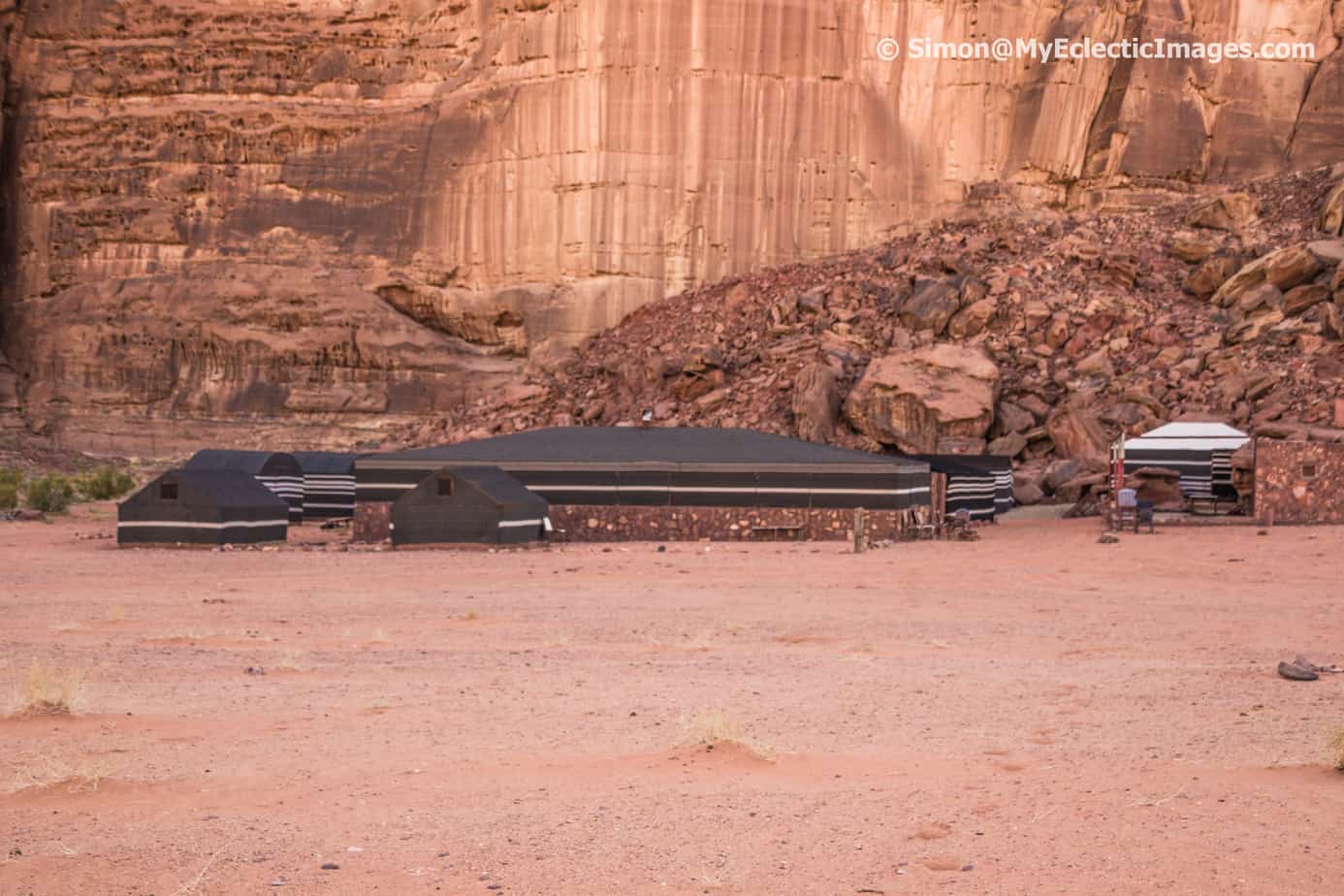
Pleasantly full, we drove back out into the desert, where we stopped by the house used in the filming of Lawrence of Arabia, and then on to the Boarder Rock Bridge. This rock formation appeared as a much larger and more formidable arch than the one we had seen earlier in the day.
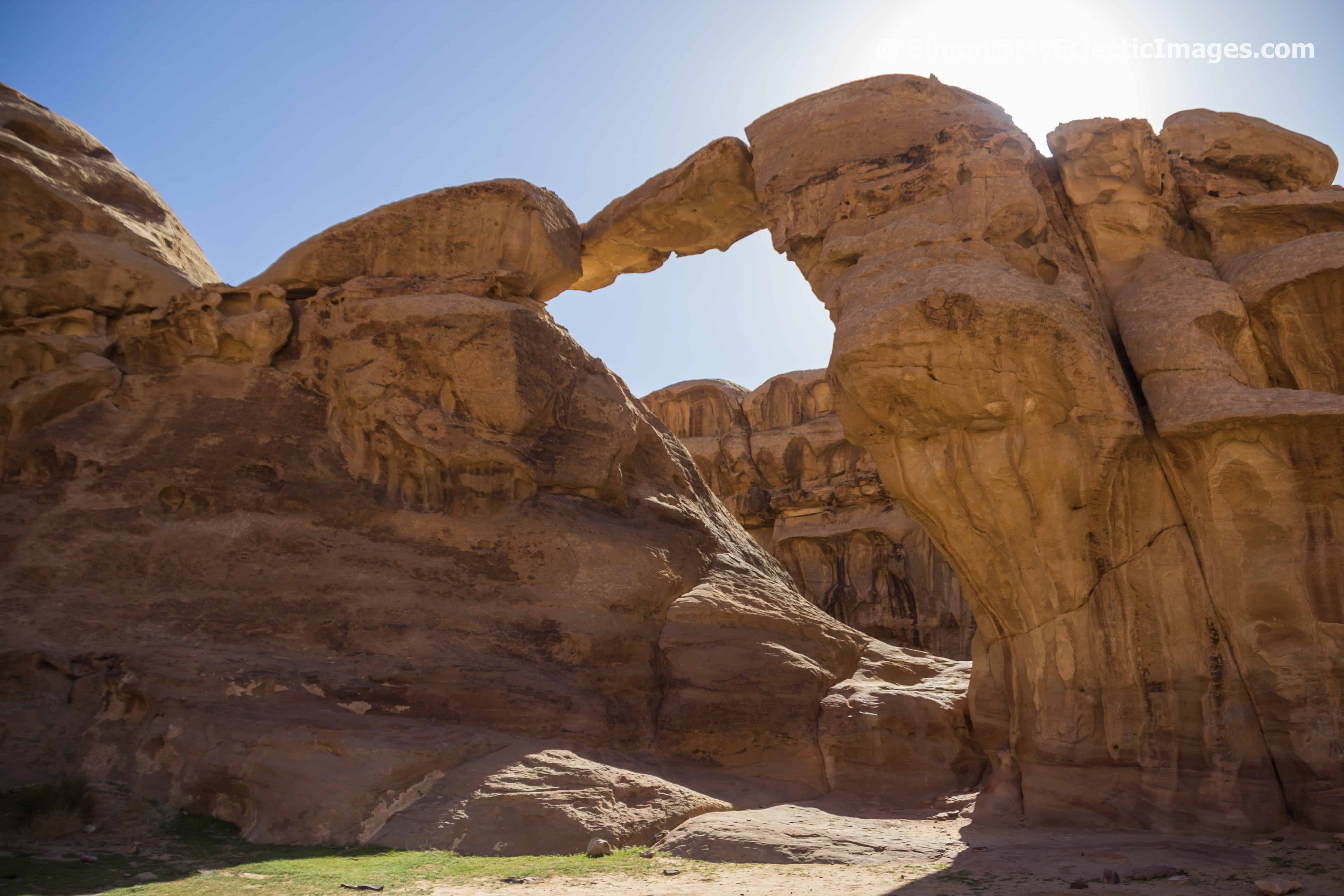
This time, my husband had to be satisfied with taking his photos with his feet on terra firma. Perhaps this formation came by its name due to its close proximity to the boarder with Saudi Arabia.
Saleh had promised us a spectacular sunset, and he didn’t disappoint. It involved another climb, but again, it was worth it. The orange sand and gray rocks of the daytime desert gradually softened as the sun descended behind distant mountains.
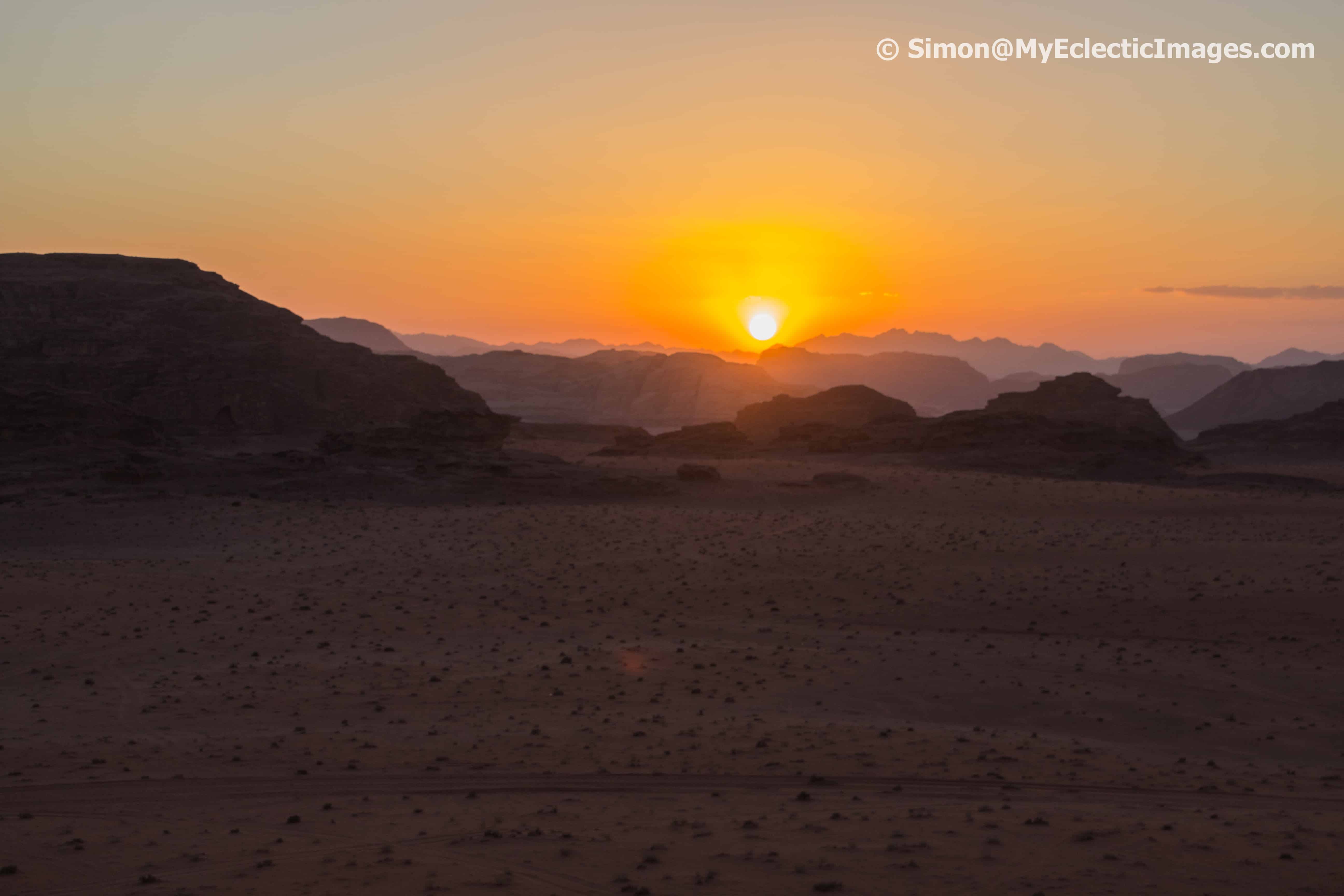
Once the last rays had disappeared, we hurried back to the camp for dinner before total darkness set in.
Evening
Once again, Alia had a sumptuous meal waiting for us. She had prepared more salads and Upside-Down Chicken, a popular dish throughout the country. It involved layering chicken pieces, eggplant, cauliflower, spices and rice. Water was added to cover the rice, the pot was covered and the dish simmered until everything was tender.
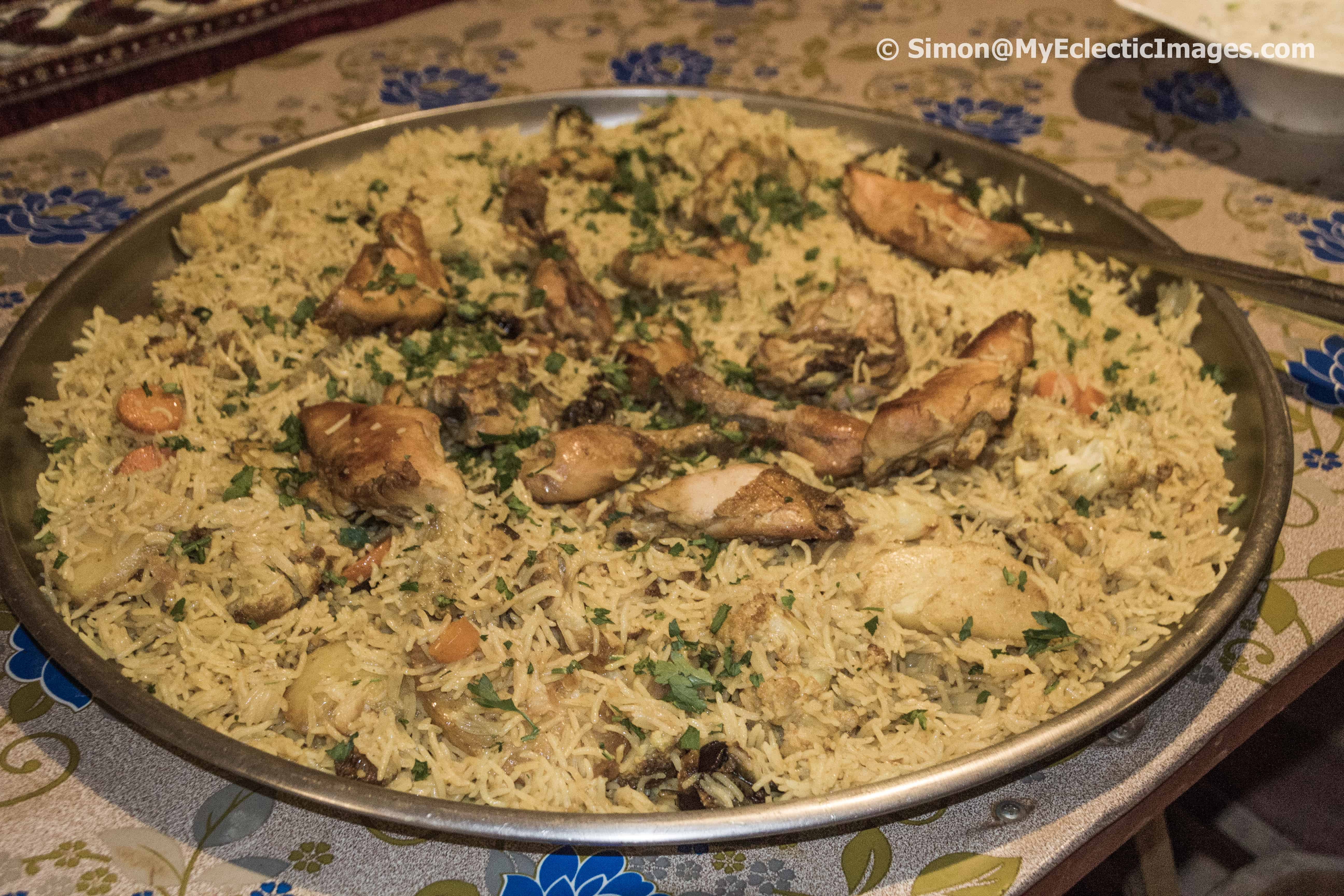
When it was ready for show time, a platter was placed on top of the pot, and inverted. When the pot was removed, the dish was as pleasing to the eye as it was a delight to eat.
The feast was washed down with copious amounts of a popular tea blend. It was mild and flavorful, and we couldn’t resist another, then another cup. Becoming addicted to this tea was easy, so Saleh generously gave us some to take home and drink during our withdrawal process.
Following a relaxing evening of good food and conversation, we made our way to our tent. It was spacious and clean with outlets for charging our phones. Alia had piled our bed with warm blankets against the cold desert night. We were fortunate to have the bathrooms only a few yards from our tent. They too were clean, and functional. No wifi, but the complete silence, the full moon and bright stars more than made up for it.
Birth of a Business
Following a hardy breakfast, we returned to Saleh’s Rum Village office, we were delighted at the opportunity to spend some time with Saleh, Alia and the youngest of their children. This was when we learned Saleh’s story.
Saleh’s family had been nomadic until his father died in a tragic accident in 1992. Saleh took on the responsibility of caring for his mother and younger brother. The family established roots in Wadi Village so his brother could go to school. That was when Saleh started a camel business to support the family.
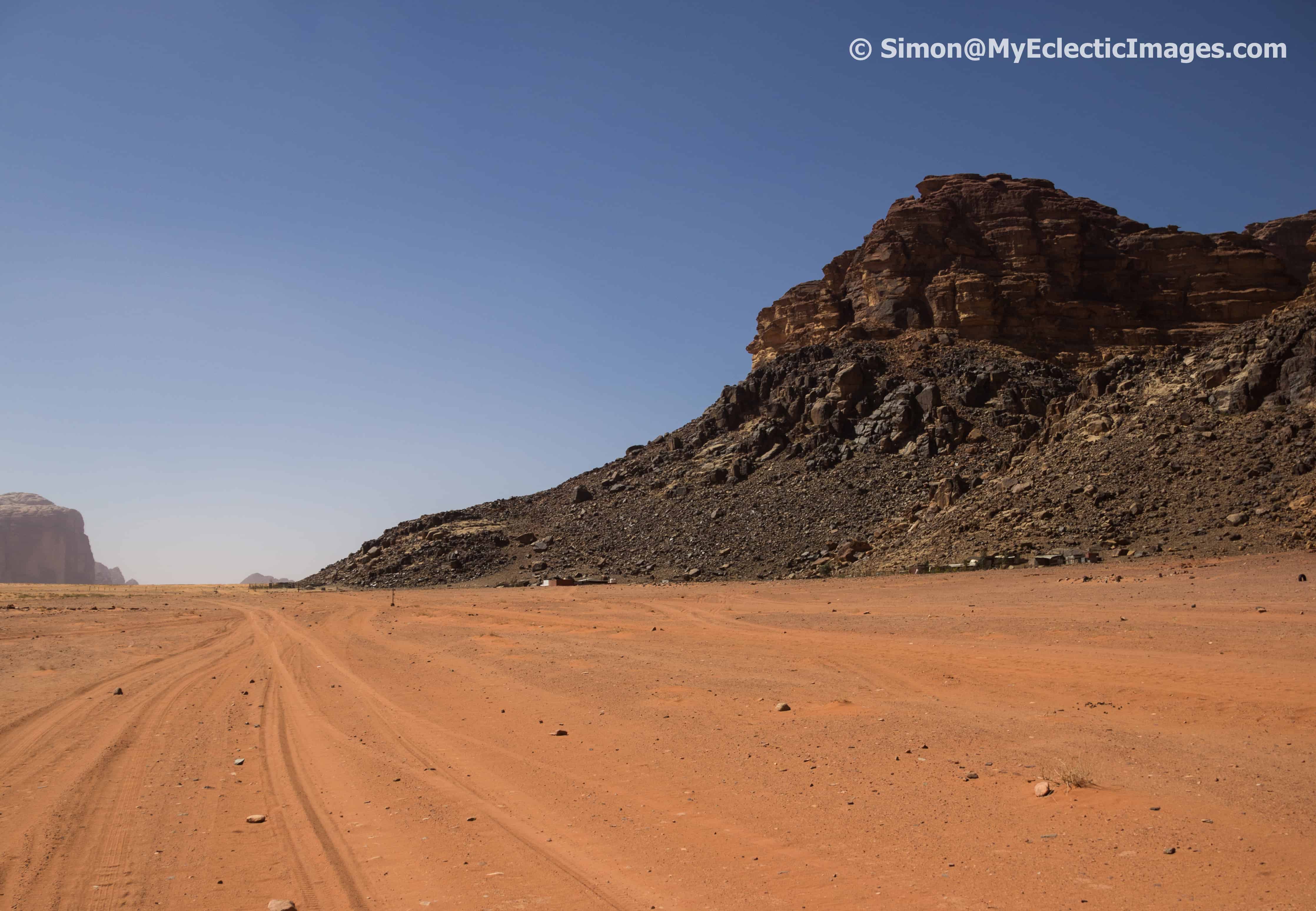
In 1998, Wadi Rum was declared a protected area by the Jordanian government. And who but the Bedouin population would have compelling reasons to preserve the endangered environment in which they live, as well as the culture of their ancestors?
The Bedouins are front and center when it comes to providing services for visitors to Wadi Rum: Highly experienced multilingual tours guides, desert campsites, as well as small restaurants and shops in the villages. It’s a win, win for both tourists and locals. Visitors benefit from local knowledge, traditional foods and the accompanying sense of security. The Bedouins benefit from the revenue that enables them to provide for their families, while ensuring Wadi Rum remains protected.
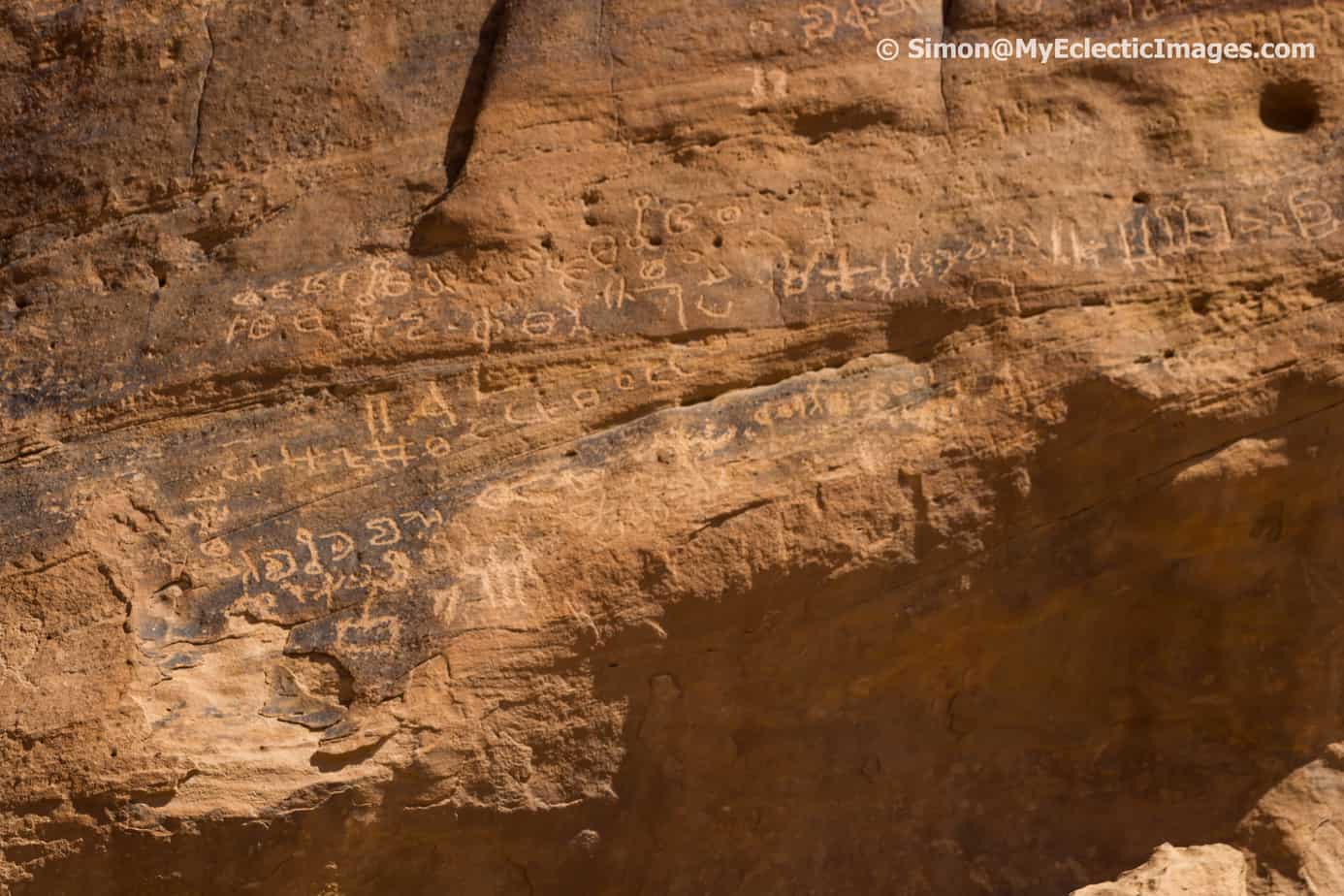
Although tourists had been visiting Wadi Rum since 1980, it wasn’t until 1998 the government started giving licenses to anyone who owned a tent and wanted to expand their business in tourism. This was how Wadi Rum Tours began.
Farewell to Wadi Rum
Alia and the eldest of their five children take an active part in running the business. The camp can accommodate up to 38 visitors, and is ever expanding. The bathrooms and showers are a definite plus. And Saleh runs his electricity on solar power.
According to Saleh, the arrival of tour operators from outside Wadi Rum offering luxury camping, is hurting local businesses providing a more authentic experience. He was also dismayed by the way the media lumps Jordan in with Middle East trouble spots. He insisted Jordan is safe, and after spending a week in the country, we are in full agreement. Not only did we feel safe at Wadi Rum, we felt welcome. In a Muslim country, where dogs are often considered unclean, Saleh was delighted to have my guide dog as a guest.
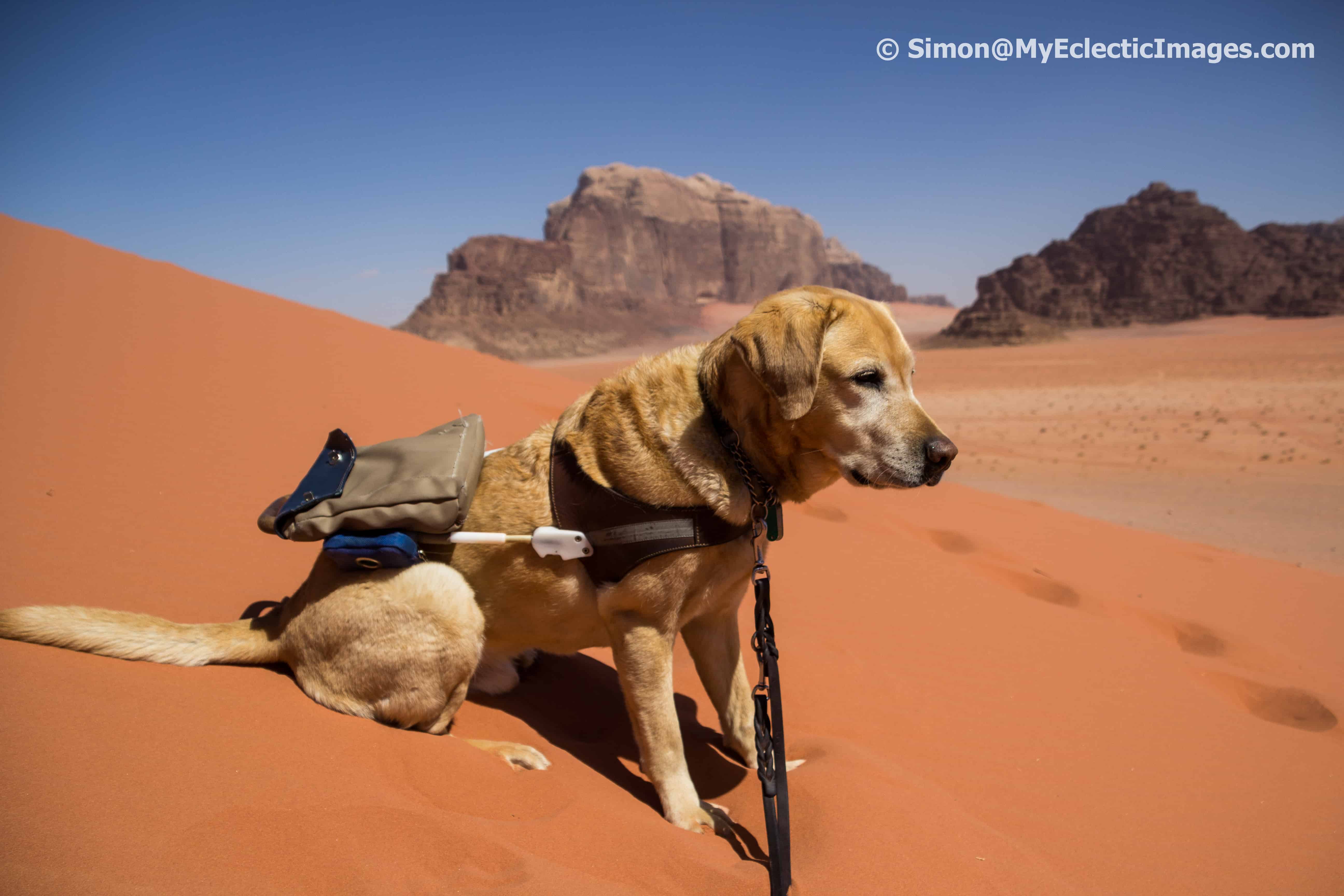
Alia, who is as sweet as she is accomplished, tried to teach us a few Arabic words. When she heard I was a travel writer and blogger, she displayed child-like wonder at the text-to-speech software I showed her on my phone and computer.
We left with warm hugs and the sense we were leaving pieces of our hearts with these warm, hardworking, generous Bedouin people of Wadi Rum.
If You Go
Wadi Rum can be reached by main roads from Amman in 3.5 hours, Aqaba in less than one hour and Petra in 1.5 hours. Public transportation options are limited, so a car is highly recommended.
Admission: 5 Jordanian Dinars (JDs) for international visitors, 1 JD for Jordanian residents, 0.5 JDs for Jordanian students and free for children under 12. The proceeds are used to help support local Bedouin communities and the protection of Wadi Rum.
If you purchase a Jordan Pass, which covers your visa and admissions to many sites and attractions in Jordan, your entrance to Wadi Rum is free. Read more about the Jordan Pass on Six Legs Will Travel.
Wadi Rum is a safe place, if you observe some common sense precautions:
• Always bring a wide-brimmed hat, sun screen and plenty of drinking water
• Sturdy comfortable walking shoes or boots are recommended for negotiating sand and rock
• If you are camping overnight, be sure to take a flash light and spare batteries
• If you are planning to trek or climb for several days, you must register your route with the visitor centre
• Camp and climb only at the official sites
Respect your human and environmental hosts:
• Hunting and/or collecting plants, animals, rocks, artifacts or firewood is strictly prohibited
• Use gas stoves or charcoal for fires
• Minimize use of fixed climbing gear and chalk and avoid damaging trees and shrubs
• Take your litter away: keep areas clean, burn toilet paper and bury human waste
• Minimize noise by refraining from playing loud music
• Respect the lifestyle and culture of local people, wear appropriate dress and ask before taking photos
Disclaimer: A considerable portion of our Jordan experience, including our Jordan Passes, was hosted by Visit Jordan. However, all opinions, as always, are entirely my own.
Read Tesesa Otto’s MilesGeek post on shopping in Jordan.



